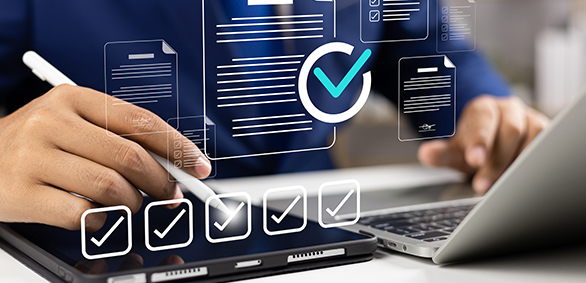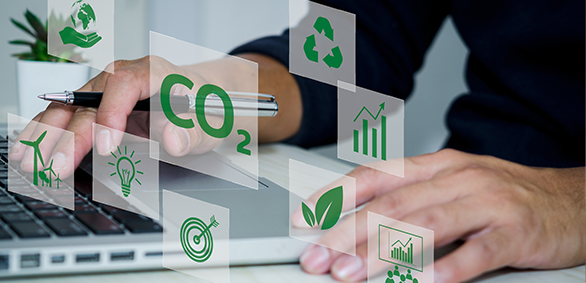Smart Spaces: Navigating the Future of Federal Office Utilization

Federal buildings operate at just 12% capacity, costing taxpayers $2 billion annually. Learn how data-driven strategies, smart technology, and sustainability initiatives can help optimize government office spaces, reduce costs, and improve efficiency.
How to Use a Sustainability Materiality Matrix

A sustainability materiality matrix is a visual representation of a materiality assessment that shows business impact and the importance to stakeholders.
How to Conduct a Sustainability Materiality Assessment

A materiality assessment ranks sustainability risks and opportunities based on their potential impact to your organization and value to stakeholders.
Three Types of Hybrid Work Schedules with Pros and Cons

The three main types of hybrid work schedules (fully flexible, fixed-hybrid, and team-dependent) each come with pros and cons.
What Is Corporate Sustainability?

Corporate sustainability mitigates environmental, social, and governance risks while remaining profitable, encouraging growth, saving on costs, and building brand reputation.
7 Decarbonization Methods and Strategies

Decarbonization is the process of reducing or eliminating carbon emissions from an organization or industry. Here are seven ways to decrease CO2 emissions.
What Is Carbon Accounting?

Carbon accounting allows organizations to measure and report on their greenhouse gas emissions. Here’s what you need to know about it.
Carbon Tracking: What It Is and How It Works
Carbon tracking is the process of measuring and recording an organization’s carbon emissions at regular intervals. Here’s how to do it.